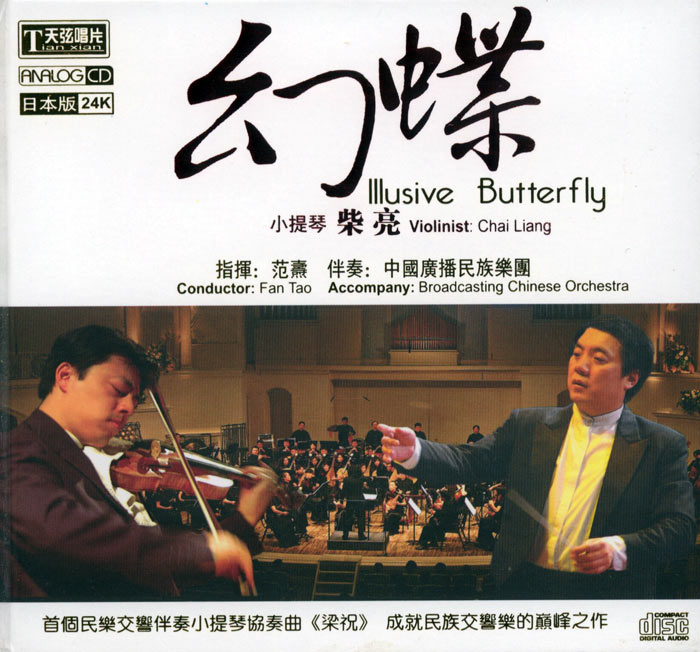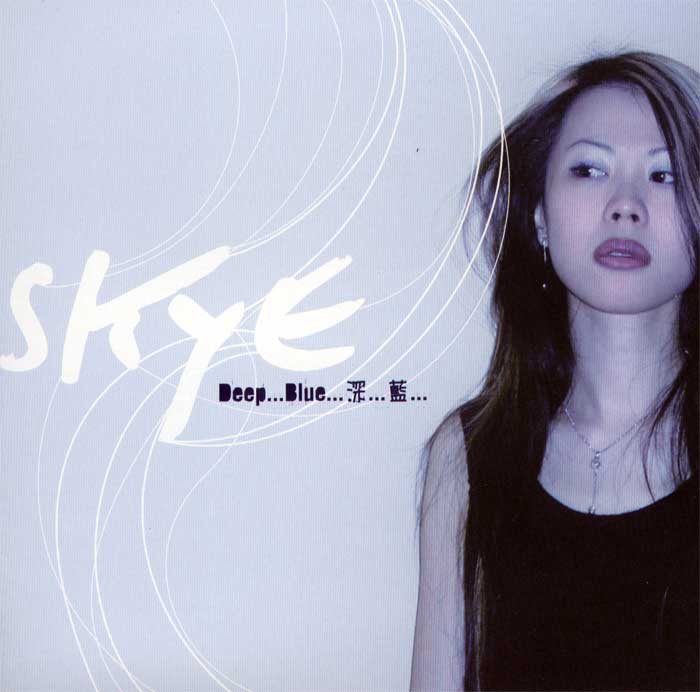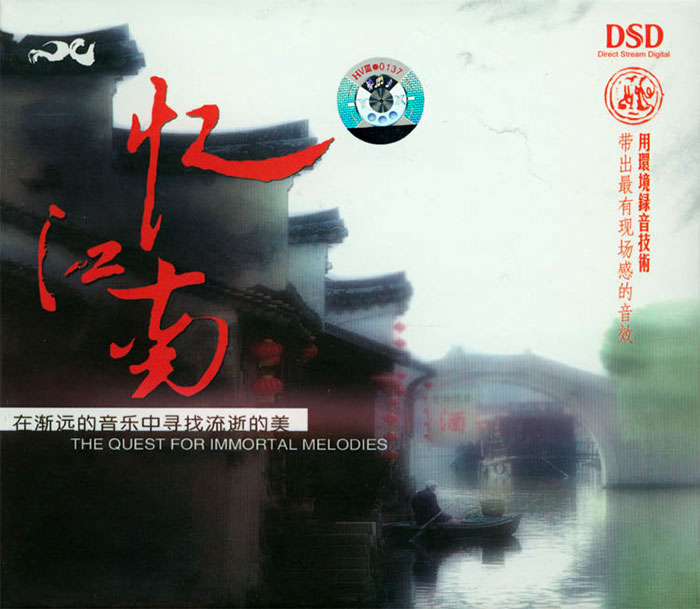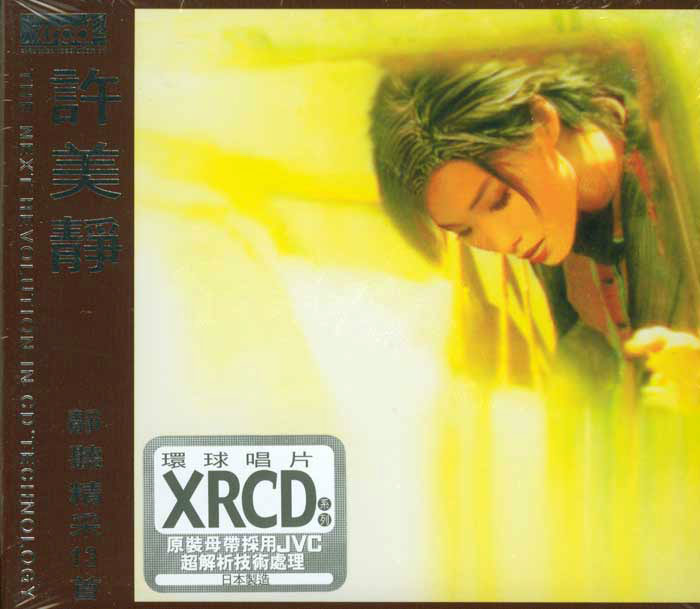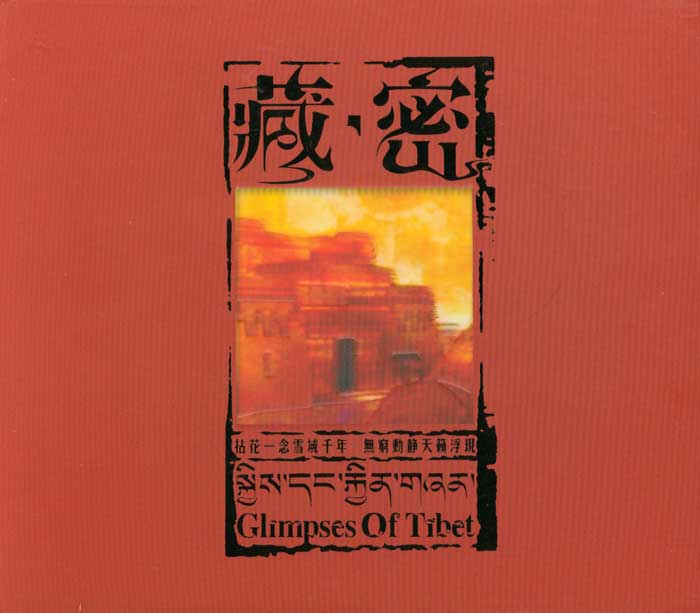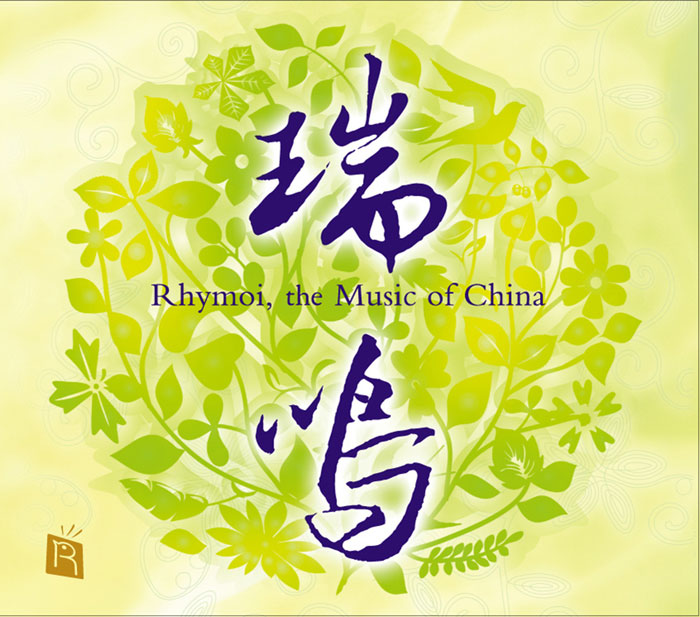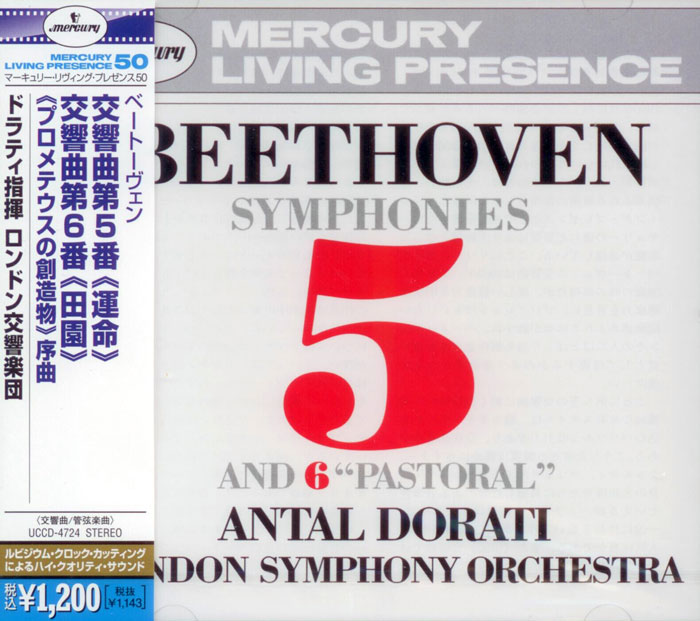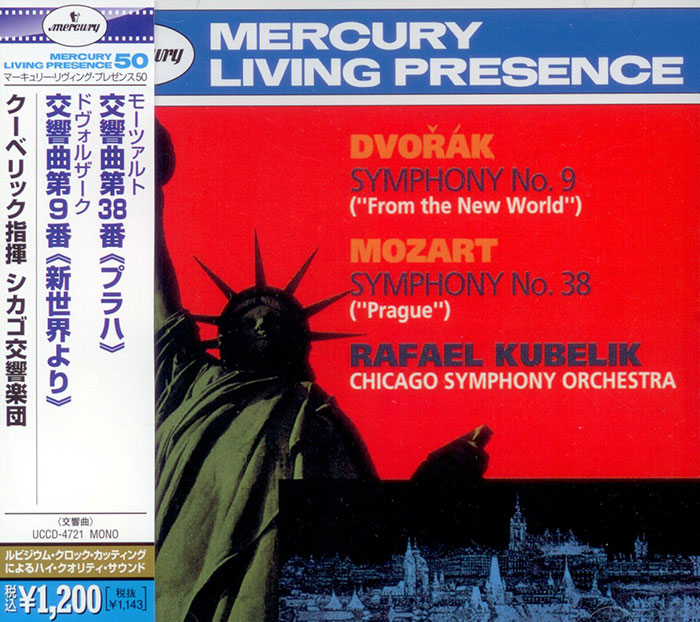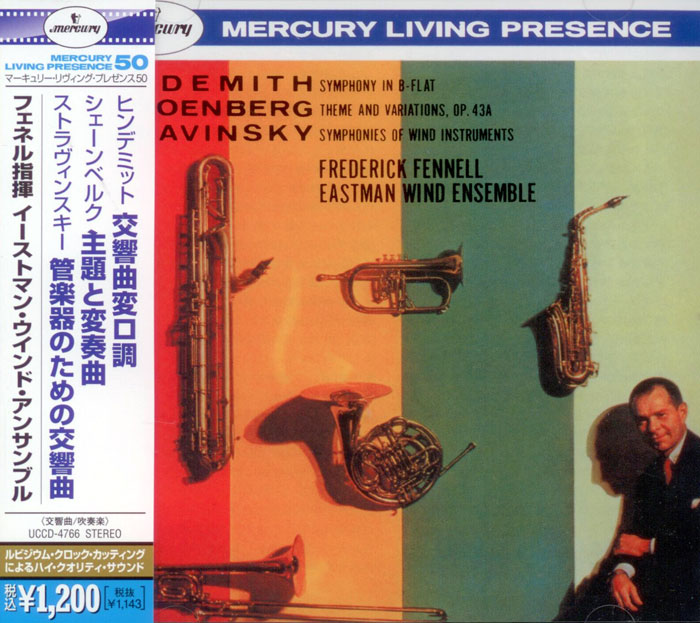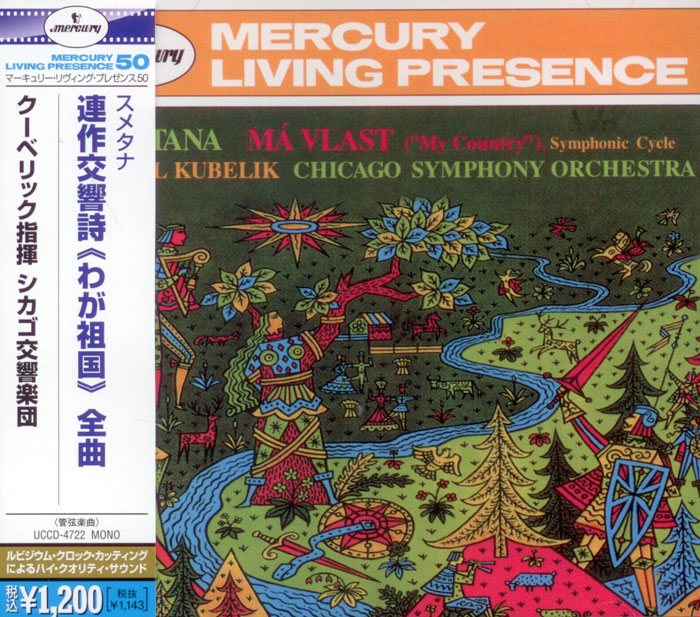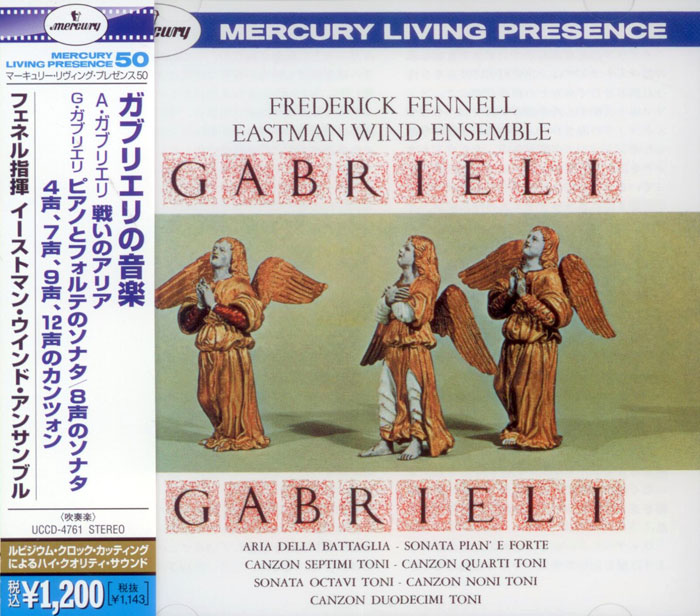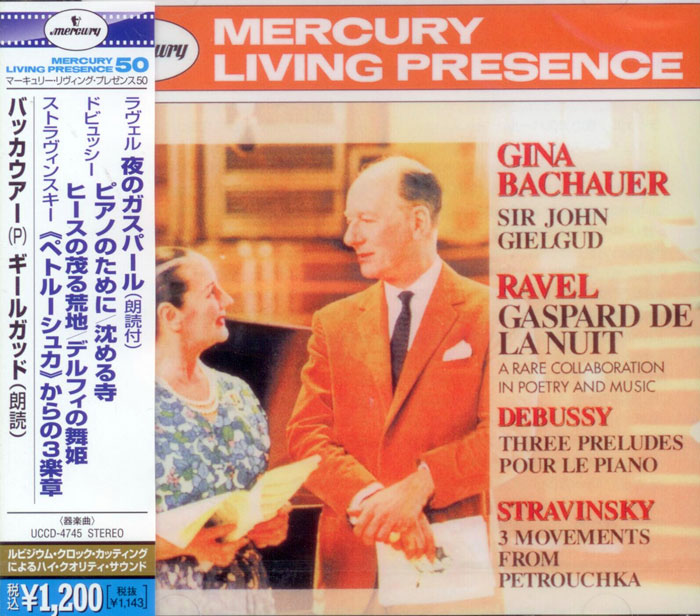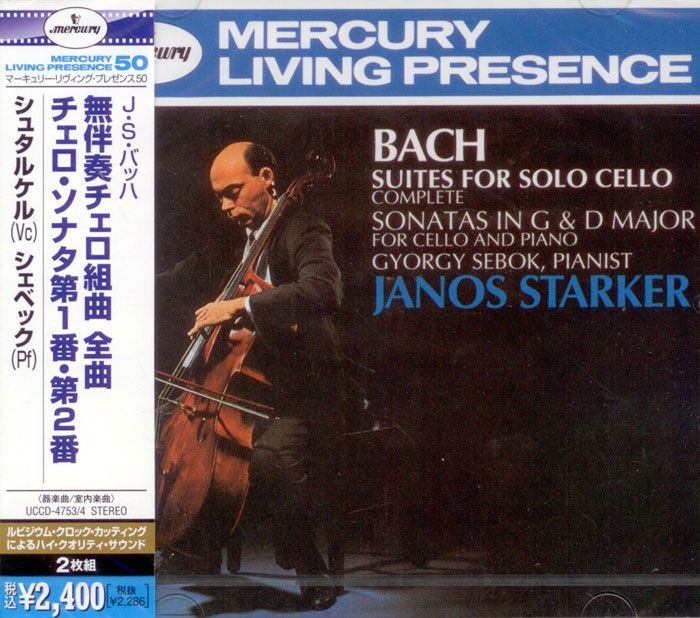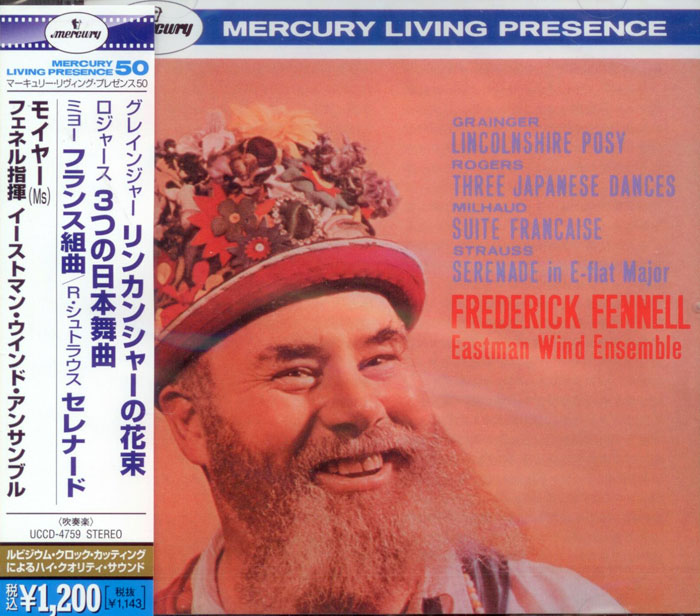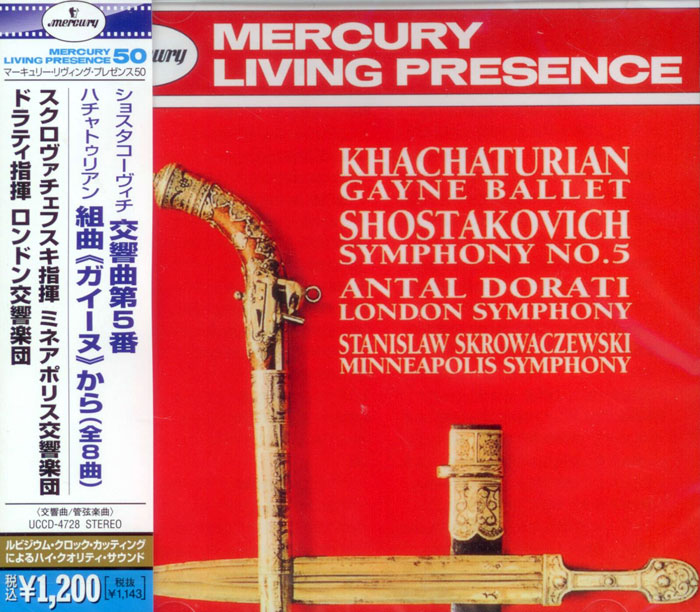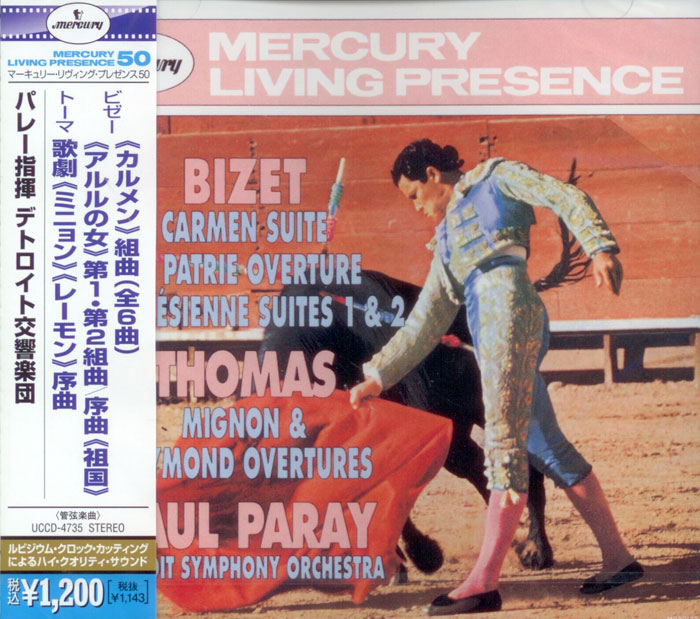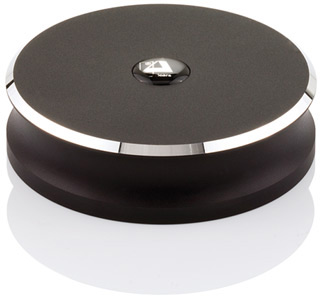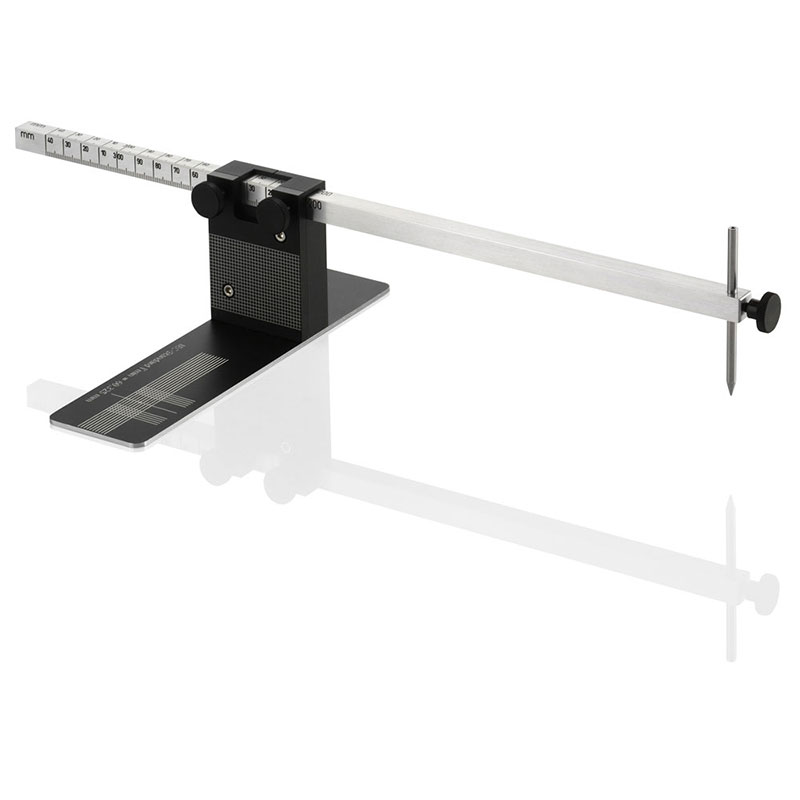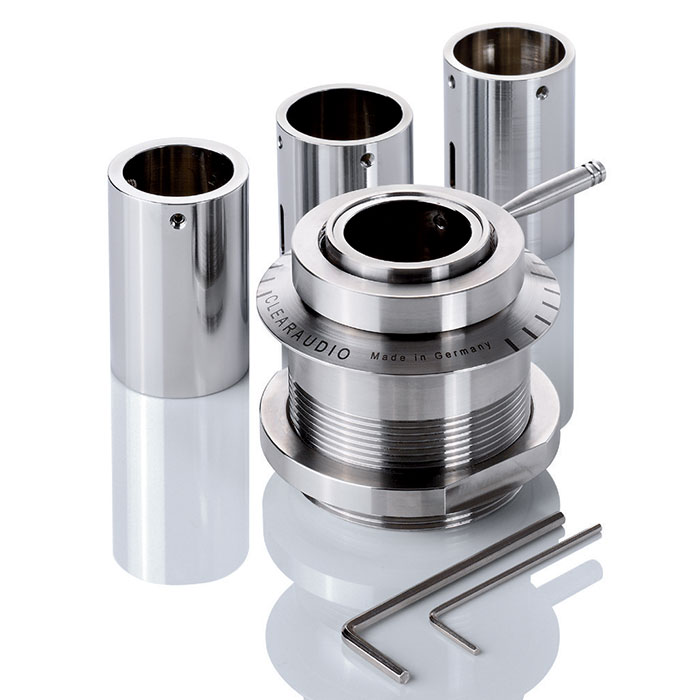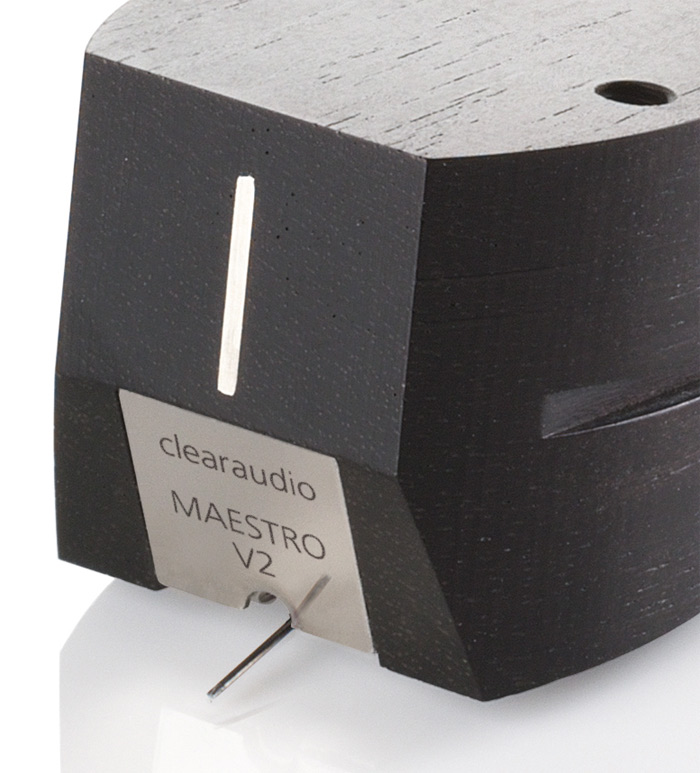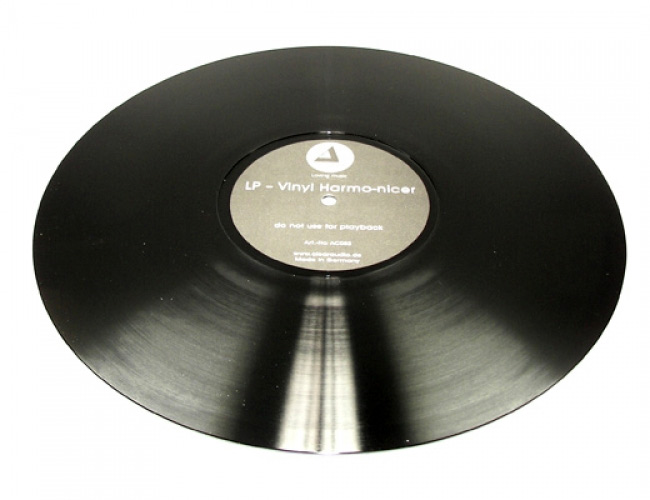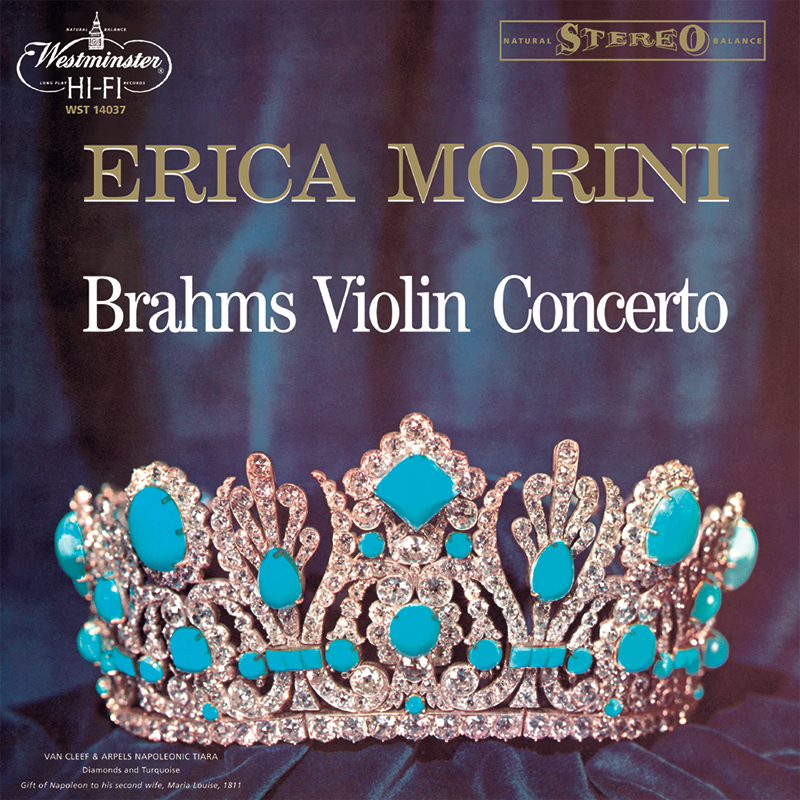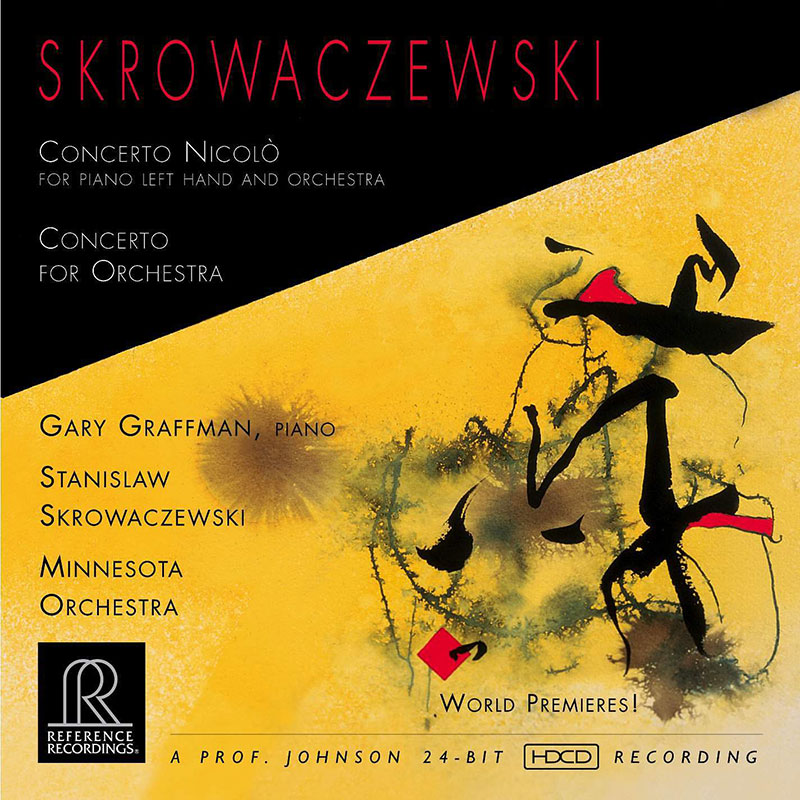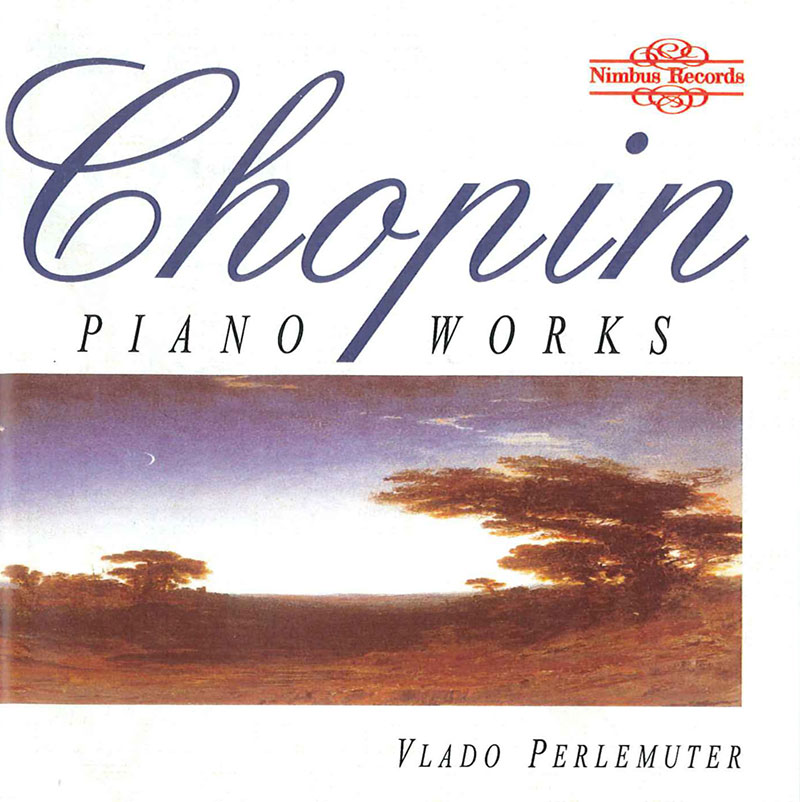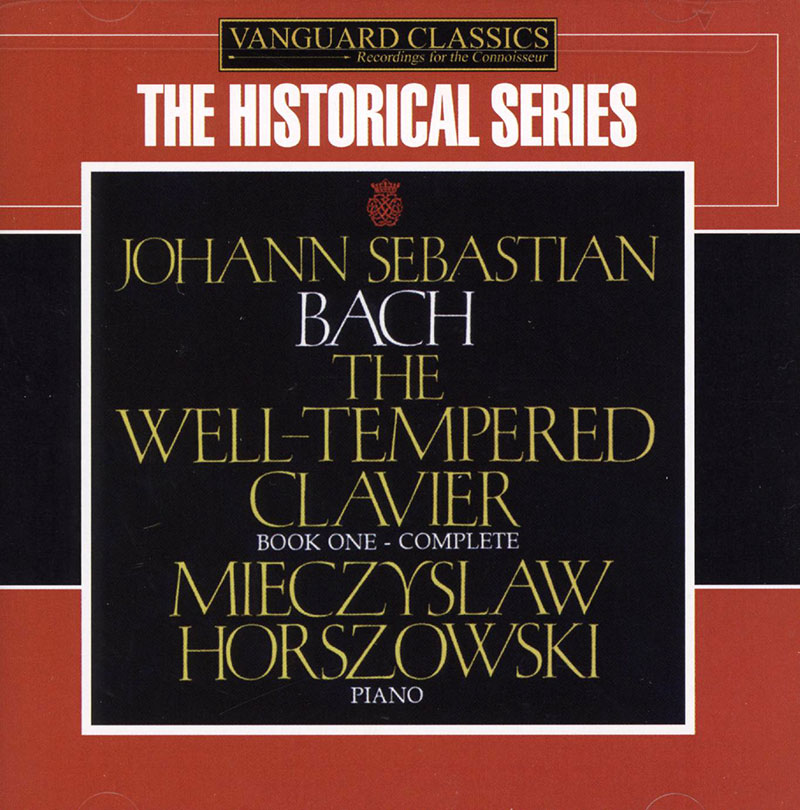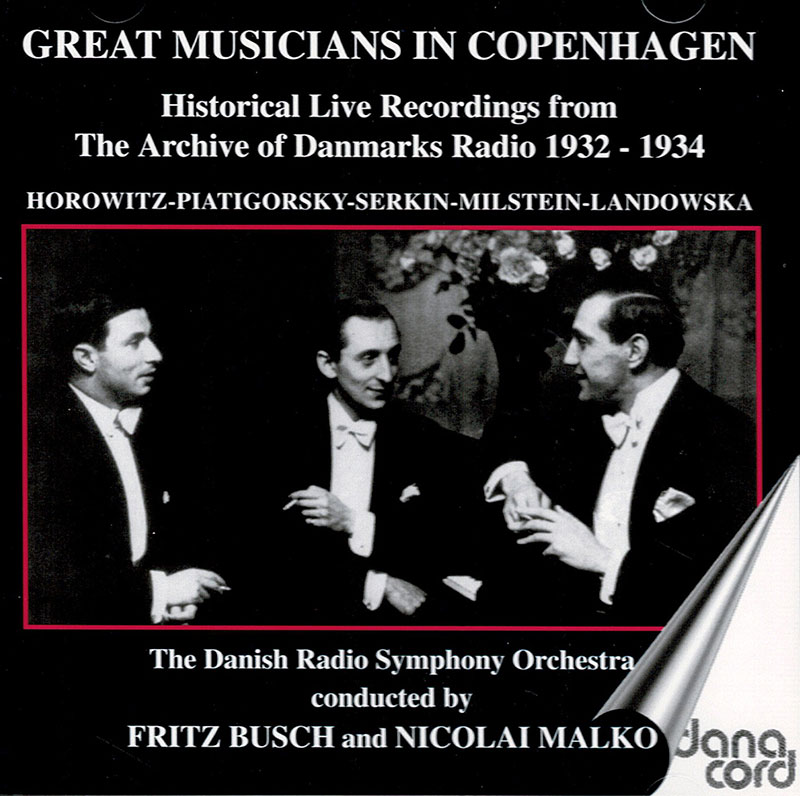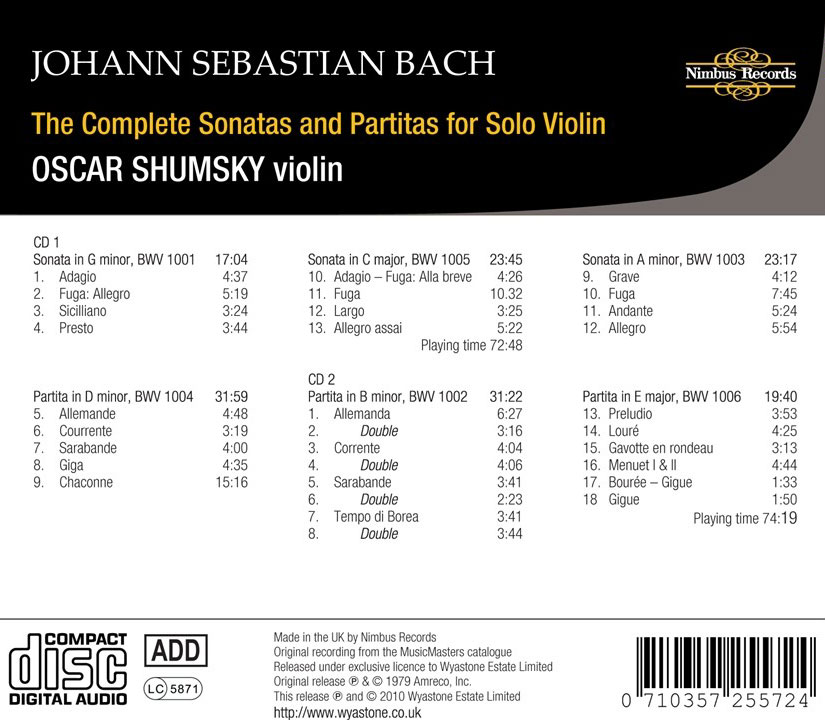Logowanie
Dlaczego wszystkjie inne nie brzmią tak jak te?
Chai Lang, Fan Tao, Broadcasting Chinese Orchestra
Illusive Butterfly
Butterly - motyl - to sekret i tajemnica muzyki chińskiej.
Brzmią jak sen na jawie
KHACHATURIAN, SHOSTAKOVICH, Antal Dorati, Stanislaw Skrowaczewski, The London Symphony Orchestra
Gayne / Symphony No. 5 in D minor, Op. 47
Stanisław Skrowaczewski,
Winylowy niezbędnik
ClearAudio
Cartridge Alignment Gauge - uniwersalny przyrząd do ustawiania geometrii wkładki i ramienia
Jedyny na rynku, tak wszechstronny i właściwy do każdego typu gramofonu!
ClearAudio
Harmo-nicer - nie tylko mata gramofonowa
Najlepsze rozwiązania leżą tuż obok
IDEALNA MATA ANTYPOŚLIZGOWA I ANTYWIBRACYJNA.
Osobowości
SKROWACZEWSKI, Stanislaw Skrowaczewski, Minnesota Orchestra
Concerto Nicolo for piano left hand and orchestra
WORLD PREMIERE!
BACH, Oscar Shumsky
The Complete Sonatas & Partitas for solo violin
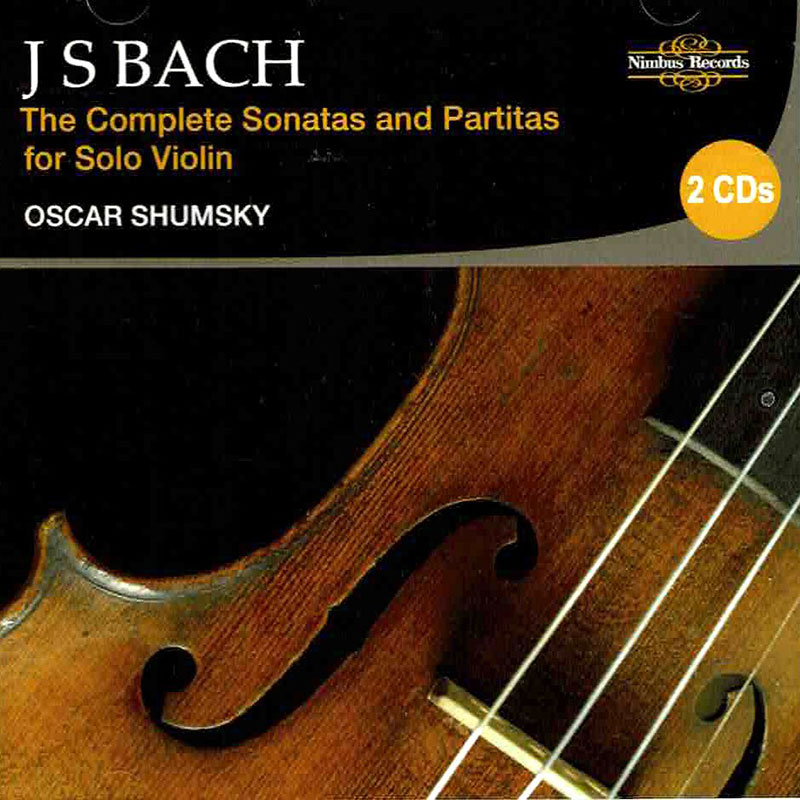
- Oscar Shumsky - violin
- BACH
A legend in his time, Oscar Shumsky (1917-2000) was hailed by the renowned Soviet violinist David Oistrakh as ‘one of the world's greatest violinists’. Born of Russian parents in Philadelphia, he began to play the violin at the age of three. His advance was rapid and at the age of seven he appeared as soloist with the Philadelphia Orchestra performing Mozart's A Major Violin Concerto. Leopold Stokowski, who conducted the performance, pronounced young Shumsky ‘the most astounding genius I have ever heard’. He became the youngest pupil ever accepted by the famed pedagogue Leopold Auer and went on. Reviews "There's no doubting Shumsky's artistry." Kate Bolton, BBC Music Magazine "With a vibrant sound, immaculate intonation and limitless command of the technical challenges of the violin, Oscar was a joy to hear." Milton Katims, friend and violist This is a reissue of Shumsky's analogue recording of over 30 years ago - released by Musicmasters in 1979. The first thing to say unequivocally is how good the sound is for all that. It's certainly more 'restricted' than we might want now: less spacious and reverberant but in no sense claustrophobic. Although one would want such a reduction in sound-stage to concentrate our listening on the instrument, there is nevertheless a certain distance between microphone and violin. This has the result of seeming to capture a 'limited' performance, as much as a concentrated one. Then, let's be grateful that there is now such an accessible and pleasing recording by Shumsky (1917-2000), one of the legendary violinists from the last century. His famed meticulousness and attempt at perfection is unlikely to fail to inspire. At the same time it may come across as a little too perfect, too much of an intention to do due homage to this great music at the expense of expressiveness. It's almost as though Shumsky sees each movement as a problem to be solved, a hill to be climbed. Then he unobtrusively demonstrates how the expertise in whose tradition he knows he is squarely placed has solved it. The andante from the second (A minor) Sonata [CD.2 tr.11], for instance, is deliberate and paced - not that it lacks all life. But, perhaps, that such life is in a glass case close by. On the other hand, when this measured and considered exposition is followed by the allegro, Shumsky's precision and self-denial win us straight back over … "I may be in a great tradition, I may be ultra-competent to the tips of my smallest fingernail", he seems to be saying, "but I will not flaunt it. It's all in the service of something greater. And something which we all implicitly know is greater without any need for self-promotion or exaggeration." This is most welcome. The point is further made in the way the very next movement (of the third Partita's preludio [CD.2. tr. 13]) exudes authority. The order on these CDs is G minor Sonata, D minor Partita, C major Sonata; B minor Partita, A minor Sonata, E major Partita. Yet it's an unselfconscious authority, and a quiet and generous authority that comes as much from love of the music as from gesture. Again, that's as it should be. Shumsky's tone, intonation and attack are considered and contained. There is nothing wild or wayward. Yet, knowing what we do now about period instruments, the unnamed violin played throughout seems a little less (a little 'thinner') than the essence of all violins everywhere, which we might otherwise expect. But this is standard for the time and should not put us off. Just that it might not be expected. In other words, this recording is not a shining, slightly echoing and ultra-forward one, in which one can almost hear the varnish on the violin vibrate. But it nevertheless makes us listen to the music itself, and its player. Were this recording being contemplated today, Shumsky might have taken some of his tempi differently… less contrast between fast and slow movements, for example, in order to heighten the tension. As it is, we tend to consider Shumsky's conception perhaps a little didactic and demonstrative in the best senses of those words. Not lacking in life, but as a result never really 'driving' the work in ways we have become used to in the last few years. He has, perhaps, a less overt awareness of the work's overall conception. Is more concerned with the particularities of each portion thereof. To put it equally positively, for all Shumsky's preference for few and superbly-crafted recordings, this account of the pinnacle of the solo violinist's repertoire runs the risk, perhaps, of being thought 'exemplary', understated, even - on first hearing. Until you realise that its very neutrality is a completely legitimate way of bringing out the work's magnitude. It won't be everyone's favourite interpretation precisely because at least some measure of excitement, bravura or brilliance has now become the norm. But as an account that exemplifies the best and most solid from another age, it has a lot going for it. Mark Sealey, Musicweb-international.com
